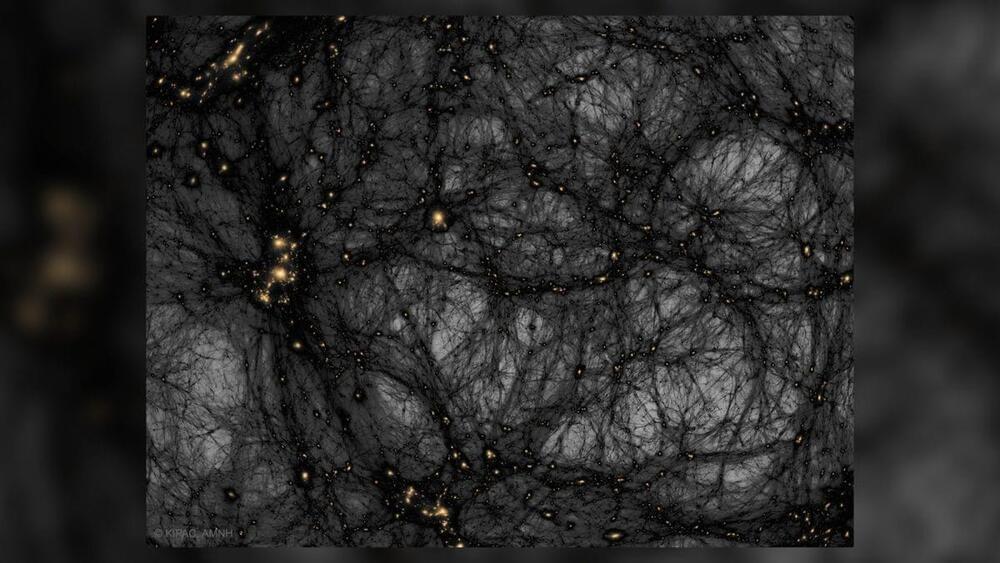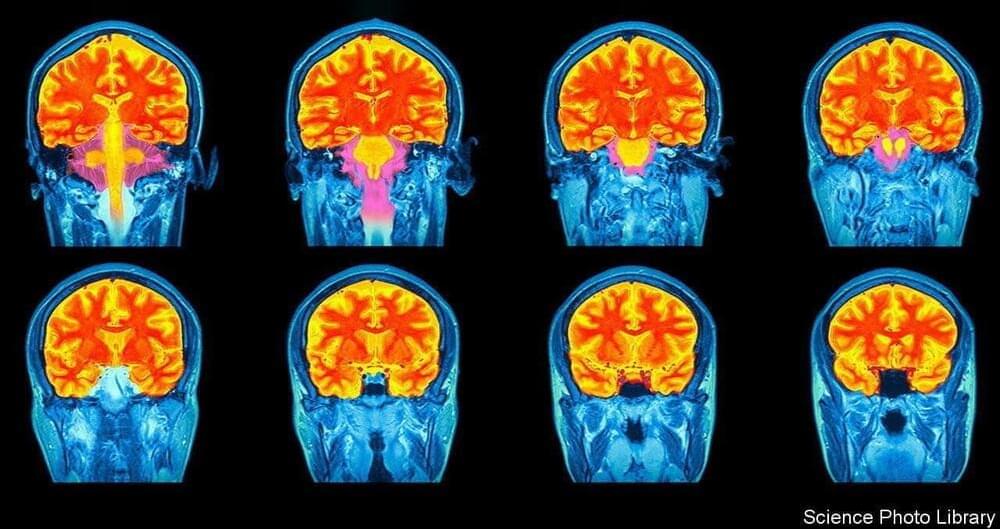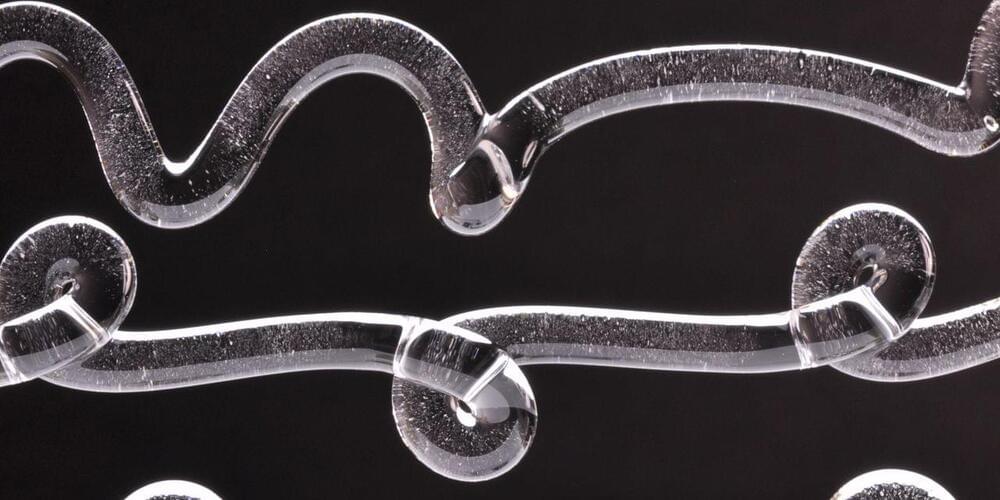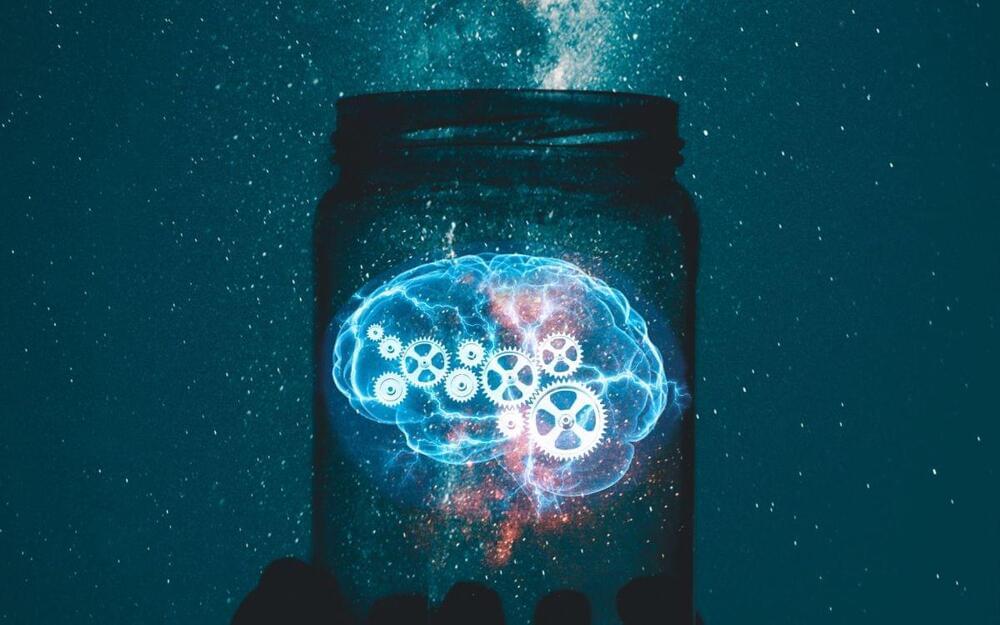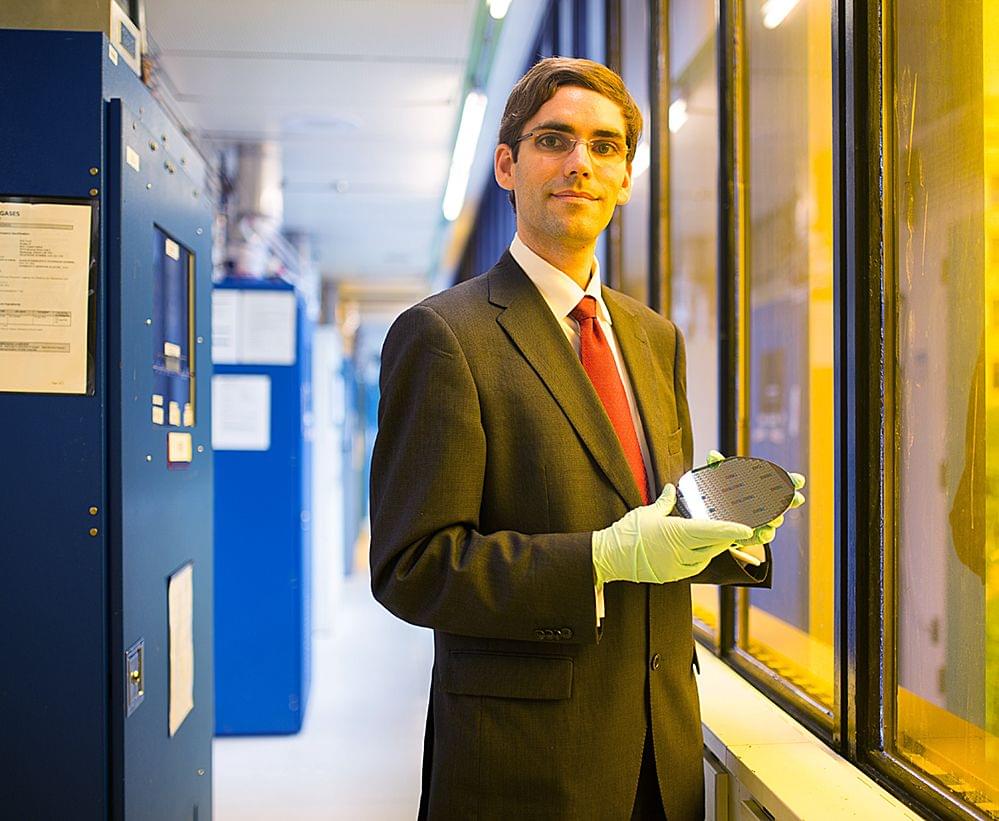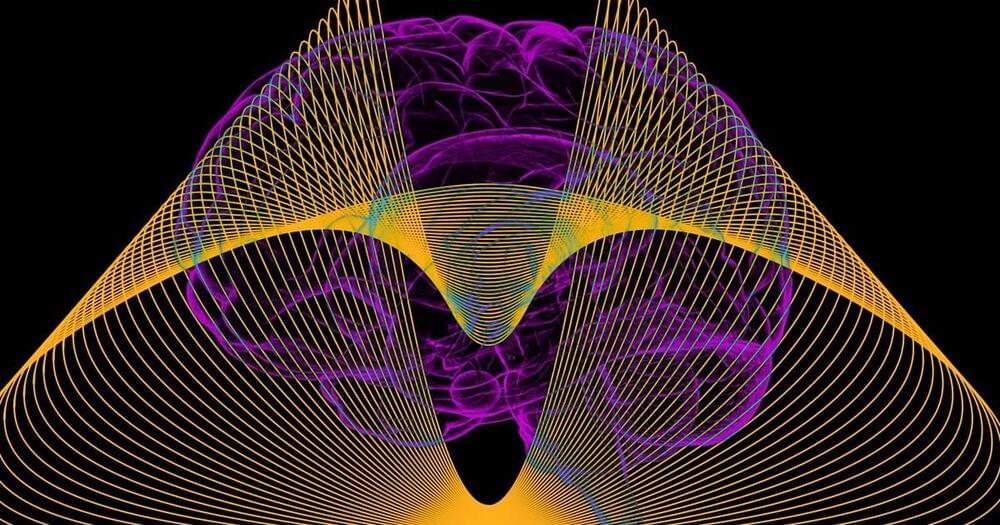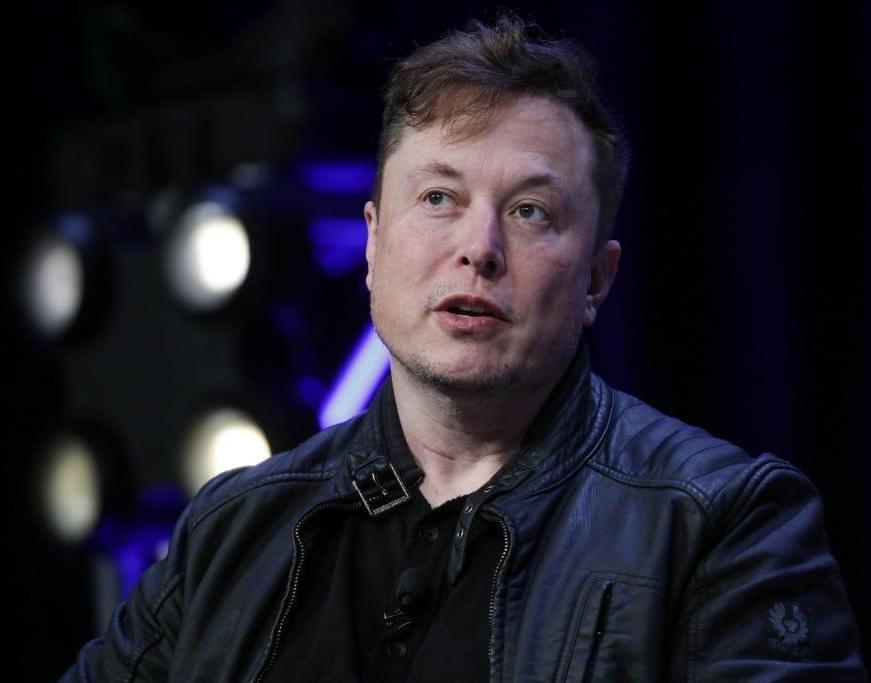But these particles would interact only weakly with ordinary matter, and only via the force of gravity. This description is eerily similar to what we know about dark matter, which does not interact with light yet has a gravitational influence felt everywhere in the universe. This gravitational influence, for instance, is what prevents galaxies from flying apart.
“The main advantage of massive gravitons as dark matter particles is that they only interact gravitationally, hence they can escape attempts to detect their presence,” Cacciapaglia said.
In contrast, other proposed dark matter candidates — such as weakly interacting massive particles, axions and neutrinos — might also be felt by their very subtle interactions with other forces and fields.
